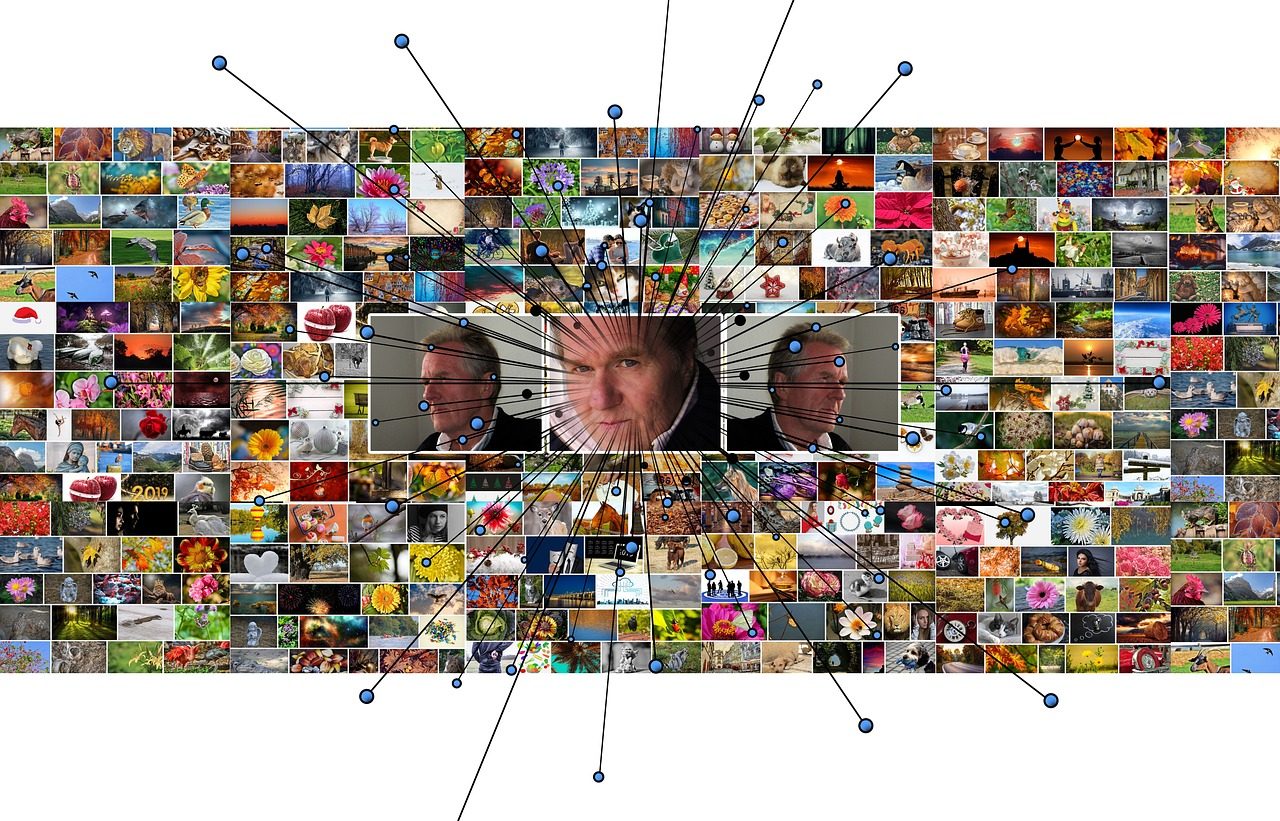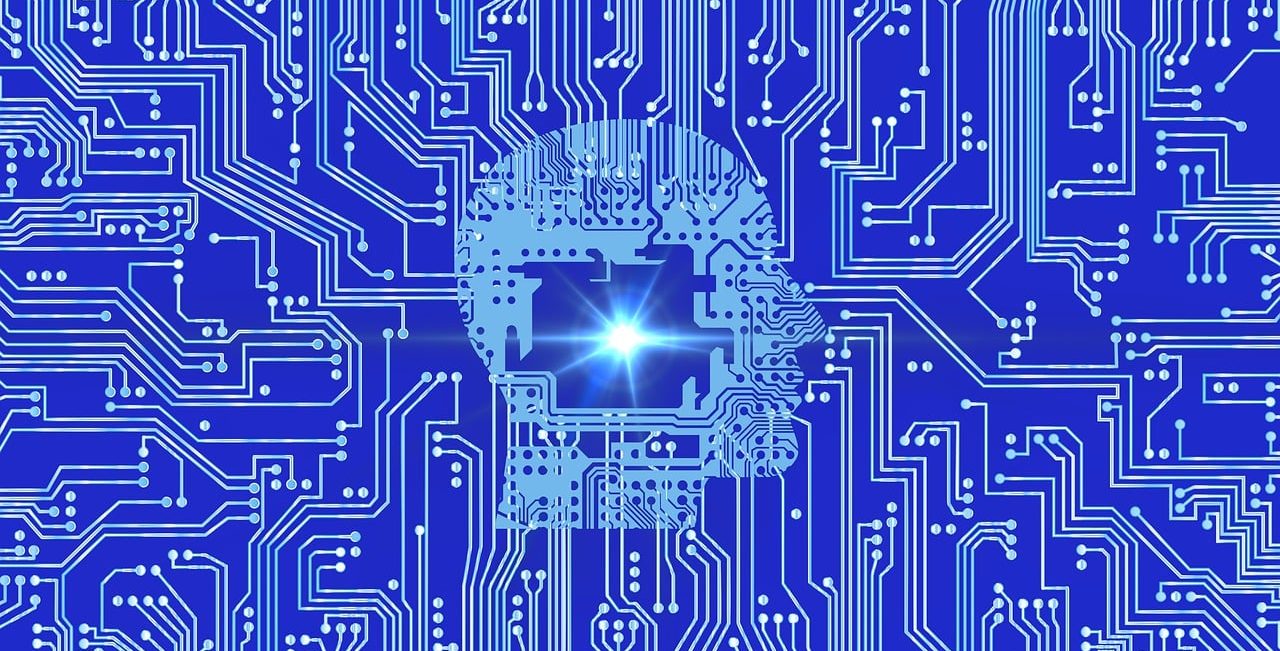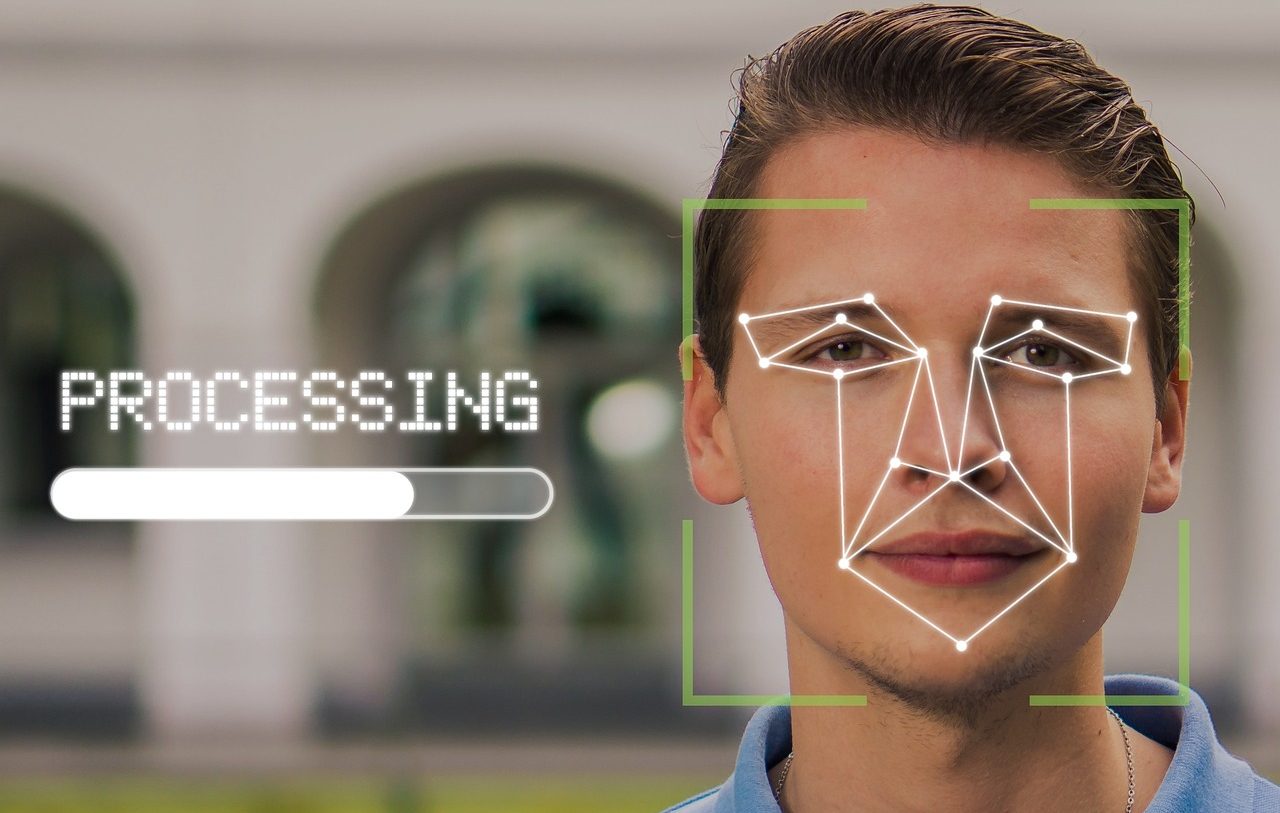
Through pattern recognition, useful data for a large number of activities and disciplines is identified, extracted and classified.
Pattern recognition is the name that identifies a discipline specialized in processes typical of the fields of mathematics , engineering , computing and even psychology that are related to either abstract or physical objects (texts, sounds, images, etc.). ). This area of study, which is often also referred to as shape recognition , pattern reading and figure identification , aims to collect useful information when specifying properties between sets that encompass said elements.
To obtain signal patterns , experts on the subject say, it is essential to carry out procedures associated with description , segmentation and feature extraction .
It is interesting to keep in mind that techniques aimed at pattern recognition are used for data mining , image segmentation and voice recognition , to name a few possibilities.
Key Elements of Pattern Recognition
For pattern recognition there are key elements and a particular structure or system with specific functions.
In order to collect exactly components of the universe that will be classified, basically, a device called a sensor is required. Likewise, it is necessary to use a tactic for the extraction of characteristics capable of prioritizing the relevant information and, finally, it is necessary to go through a decision-making phase (stage where the class patterns are assigned to the category that results). most appropriate in each case).
The selection of variables is advantageous for a detailed description of the objects according to their most outstanding features. Two alternatives are noted at this point that pursue different objectives: one of representation (where the selection is carried out with a filter mechanism that, in turn, uses procedures such as decision trees ) and another of classification (segment in which a strategy called wrapper gains prominence).
Machine Learning usually comes into play during the qualification period. Approaches or maneuvers such as the statistical method and clustering are taken into account.
It should not be overlooked that there are three classes of classification : one known as supervised classification (achieved thanks to, for example, the use of artificial neural networks ), another classified as partially supervised classification (or partial learning) and the remaining one, identified as unsupervised classification (a plane in which both automatic and multivariate classification algorithms are used in order to form classes).

The task of processing information is becoming more agile, precise and efficient thanks to the use of artificial intelligence in pattern recognition systems.
Advantages and benefits
As we noted at the beginning of this article, pattern recognition has a wide variety of applications . Among its most common advantages and utilities, it is possible to highlight its contributions in terms of risk prevention and in the field of security , for example.
Meteorology specialists also find pattern recognition a great ally for their forecasts, while this discipline helps health professionals warn of the existence of cells that are infected, detect any irregularities in images obtained through X-rays , etc. The benefits of pattern recognition for water resources management are not ruled out either.
This resource is essential, to add other references, for computer vision , facial recognition applications and even for fingerprint identification .

Artificial intelligence applied to pattern recognition systems makes it possible, for example, to detect fraud and identify faces.
Challenges around pattern recognition
Without a doubt, pattern recognition opens up endless possibilities and is being perfected thanks to the advancement of technology .
However, we must not lose sight of the ethical considerations and challenges that arise around this field of work and research . It is essential to ensure security , fidelity and privacy when collecting and handling data, for example. In addition, it is advisable to make responsible use of artificial intelligence (AI) in order to achieve more efficiency and precision in systems focused on pattern recognition .
If you fail to obtain data or do not achieve a well-stocked collection, the AI will not achieve an accurate identification or interpretation of the information.
It also requires the ability to find a balance in the development of algorithms that can be constantly updated, process considerable levels of information quickly and, at the same time, have sufficient complexity to be able to identify even the most subtle variation or nuance within those contents.
Although much progress has been made so far in the features, applications and scope of pattern recognition, there are still obstacles to overcome and tests to be performed. To progress in this regard and obtain increasingly better results, it is vital to commit to the integration of technologies and work in multidisciplinary teams with the purpose of innovating in the area of pattern recognition, minimizing the percentage of errors and without violating ethical principles.
